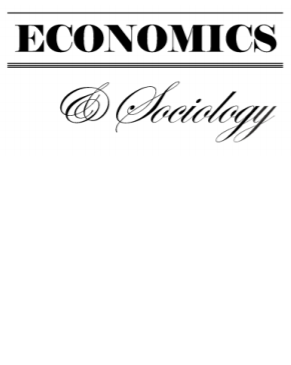How humor and fear in social advertising affect drivers‘ intention to change behaviour? The case analysis
How humor and fear in social advertising affect drivers‘ intention to change behaviour? The case analysis
Author(s): Agota Giedrė Raišienė, Walter Wymer, Valda DirginčienėSubject(s): Media studies, Micro-Economics, Marketing / Advertising, ICT Information and Communications Technologies
Published by: Fundacja Centrum Badań Socjologicznych
Keywords: social marketing communications; belief change; behaviour change; WOM; unsafe driving;
Summary/Abstract: The article aims to add to knowledge of how to more effectively attain favourable marketing outcomes with respect to social marketing communications. This research sought to determine if the type of appeal had a differential influence on changing audience beliefs, audience behavioural change intentions, and audience word-of-mouth intentions. The social marketing problem in this study was unsafe driving practices, specially speeding and driving while tired or sleepy. Using a sample of 365 survey respondents in a repeated measures design, we examined the influence of appeal type on our outcome variables. We then examined the moderation effects of age and gender on the relationship between appeal type and our outcome variables. We also examined the influence of attitude toward the social marketing ad, the respondent’s unsafe driving history, and the respondent’s attention to the social marketing ad. With respect to the moderation effects of age and gender on the relationship between appeal type and our outcome variables, the results were not significant for audience belief change, but they were significant for audience behaviour change intentions; gender (but not age) was significant for audience WOM intentions. The research contributed to the social marketing communication research by examining the influence of appeal type on important and underresearched outcome variables. Ad execution variables were included, such as the audience’s attention to the ad and their attitudes toward the ad. Finally, the effects of various audience characteristics were included in our model, specially age and gender and; most importantly for social marketers, the degree to which audience members engaged in the targeted antisocial behaviour of the research.
Journal: Economics and Sociology
- Issue Year: 14/2021
- Issue No: 2
- Page Range: 236-251
- Page Count: 16
- Language: English

